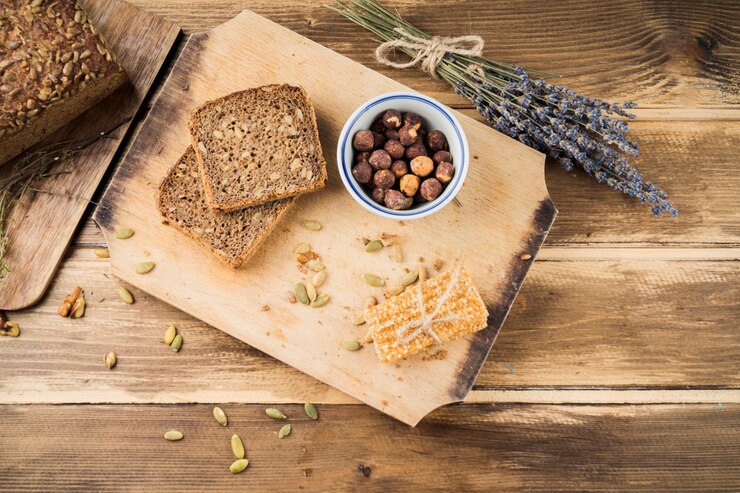The New York Times Crossword is famous for its clever clues and cultural references, often blending modern trends with timeless knowledge. Recently, one clue has caught the attention of health-conscious foodies and puzzle enthusiasts alike: “Ancient grain in a healthy cereal.” This clue points to a broader trend in both the food industry and popular culture— the resurgence of ancient grains as a staple in healthy diets.
The Rise of Ancient Grains
Ancient grains, such as quinoa, farro, spelt, and amaranth, have been cultivated for thousands of years. Unlike modern refined grains, these ancient varieties have remained largely unchanged over time. They are prized not only for their rich history but also for their nutritional benefits, which include higher levels of protein, fiber, and essential vitamins and minerals.
In recent years, ancient grains have made a significant comeback, especially in health-conscious circles. They are often promoted as a healthier alternative to modern grains like wheat and corn, which are commonly found in processed foods. The growing interest in ancient grains has led to their inclusion in a variety of modern food products, including breakfast cereals.
Ancient Grains in Healthy Cereals
Breakfast cereals have long been a staple in many households, but their reputation has fluctuated due to concerns over sugar content and the use of highly processed ingredients. In response, there has been a shift towards healthier options, and ancient grains have become a key ingredient in this movement.
Cereals made with ancient grains are marketed as being more wholesome and nutritionally balanced. Brands often highlight the presence of grains like quinoa, spelt, or millet on their packaging, emphasizing their high fiber content, protein levels, and the absence of artificial additives. These cereals cater to a growing demand for products that align with a holistic approach to health and wellness.
For instance, a cereal made with quinoa and amaranth might be gluten-free, high in protein, and rich in antioxidants, making it a popular choice for those following specific dietary guidelines or simply looking to start their day with a nutrient-dense meal.
The Crossword Connection
The inclusion of “ancient grain in a healthy cereal” in a New York Times Crossword puzzle reflects the mainstream recognition of these grains and their importance in contemporary diets. Crossword puzzles often serve as a mirror to current trends and cultural phenomena, and this clue indicates how ancient grains have entered the collective consciousness.
For puzzle enthusiasts, the answer might be something like “quinoa” or “spelt,” both of which are common ancient grains used in cereals. These grains have become so familiar that they are now considered general knowledge, even outside of health food circles.
The Broader Impact
The popularity of ancient grains in both the culinary world and cultural references like crossword puzzles speaks to a broader shift in consumer attitudes towards food. As people become more informed about the impact of their dietary choices on their health and the environment, there is a growing preference for foods that are seen as natural, sustainable, and nutritious.
Ancient grains fit neatly into this trend, offering a connection to traditional agricultural practices while meeting modern nutritional needs. Their inclusion in everyday products like cereals makes them accessible to a wider audience, further cementing their place in the contemporary diet.
Conclusion
The clue “ancient grain in a healthy cereal” in the New York Times Crossword is more than just a test of your puzzle-solving skills—it’s a nod to the ongoing trend of incorporating ancient grains into modern diets. As these grains continue to gain popularity for their health benefits and historical significance, they are likely to remain a staple in both our kitchens and our crosswords for years to come.











